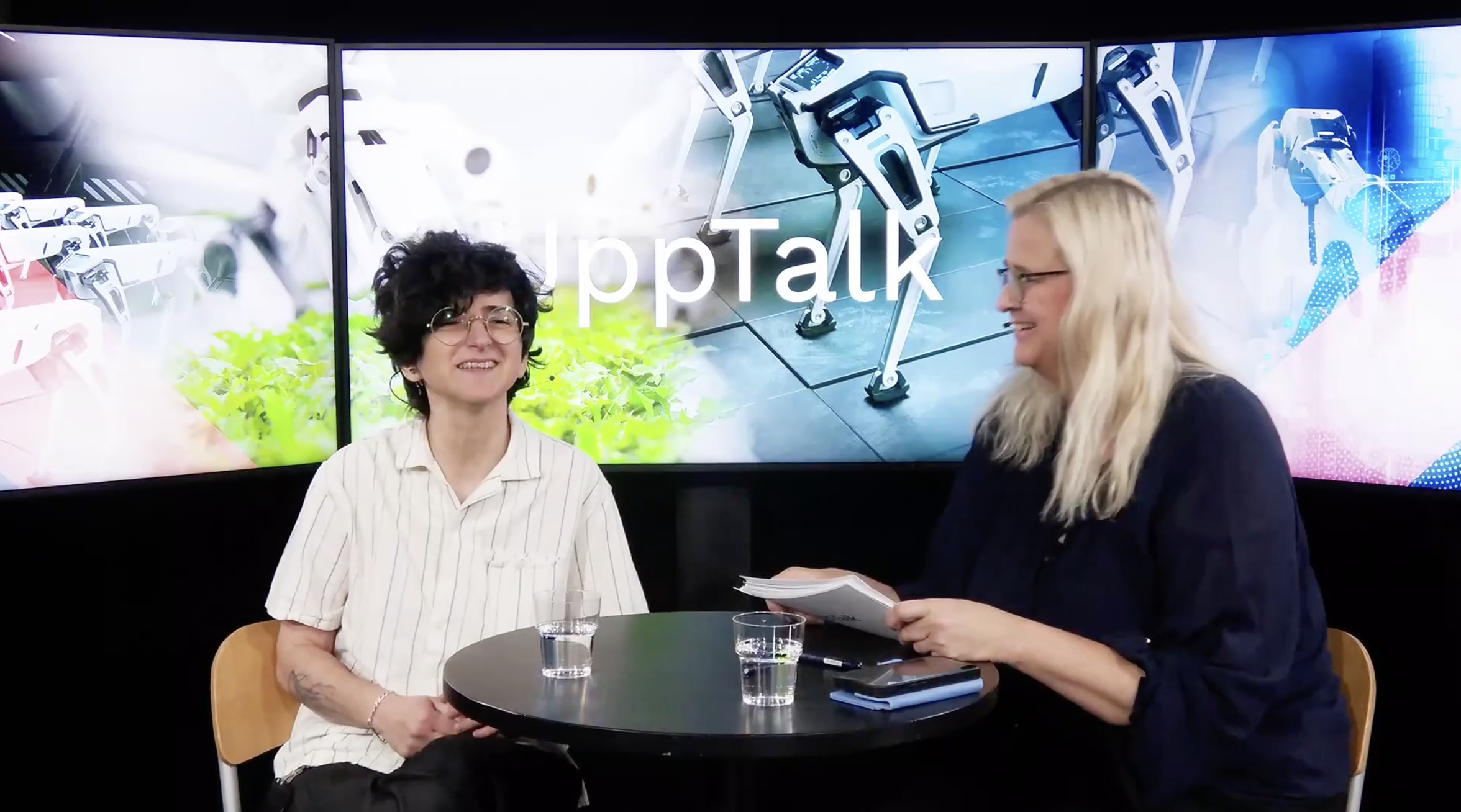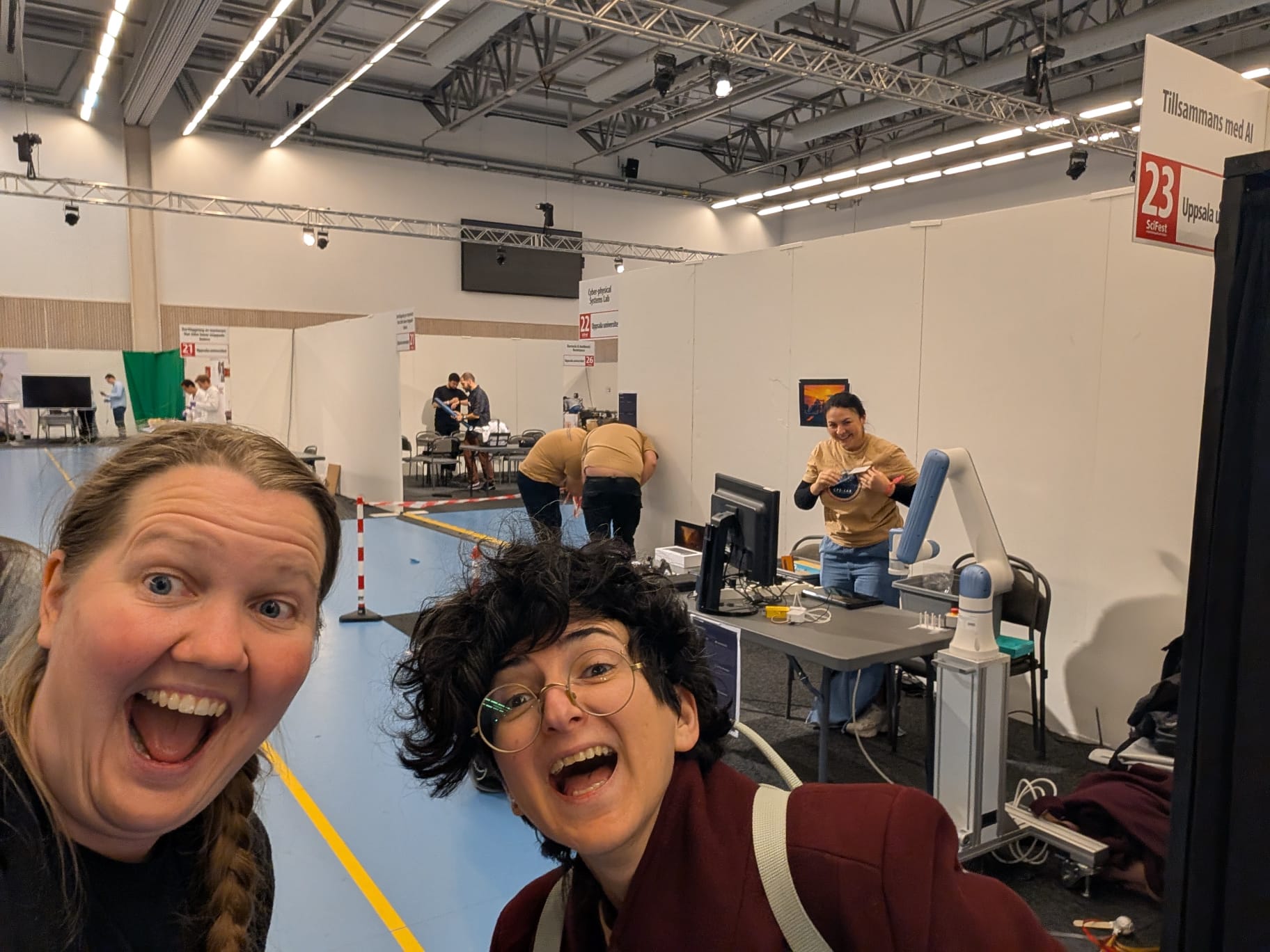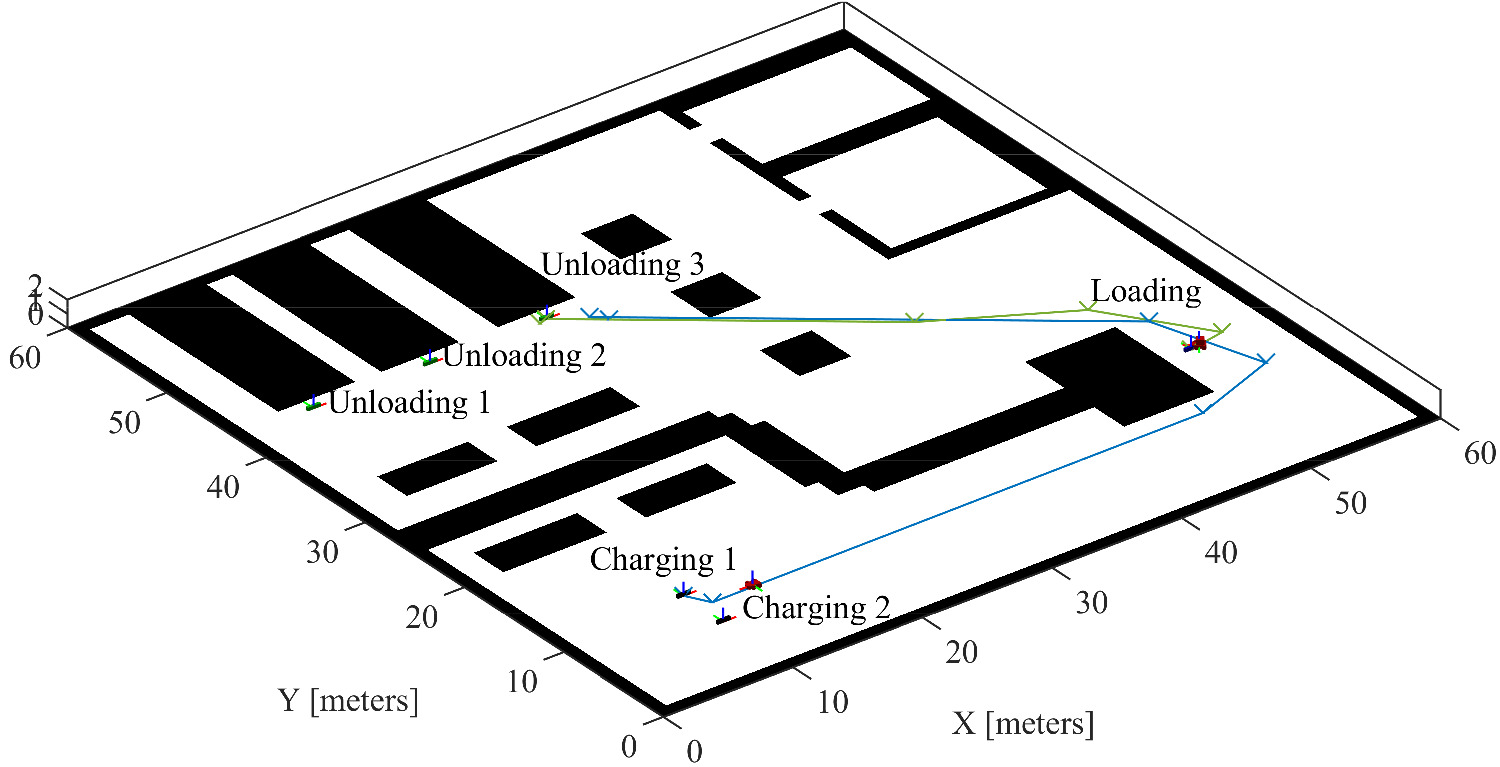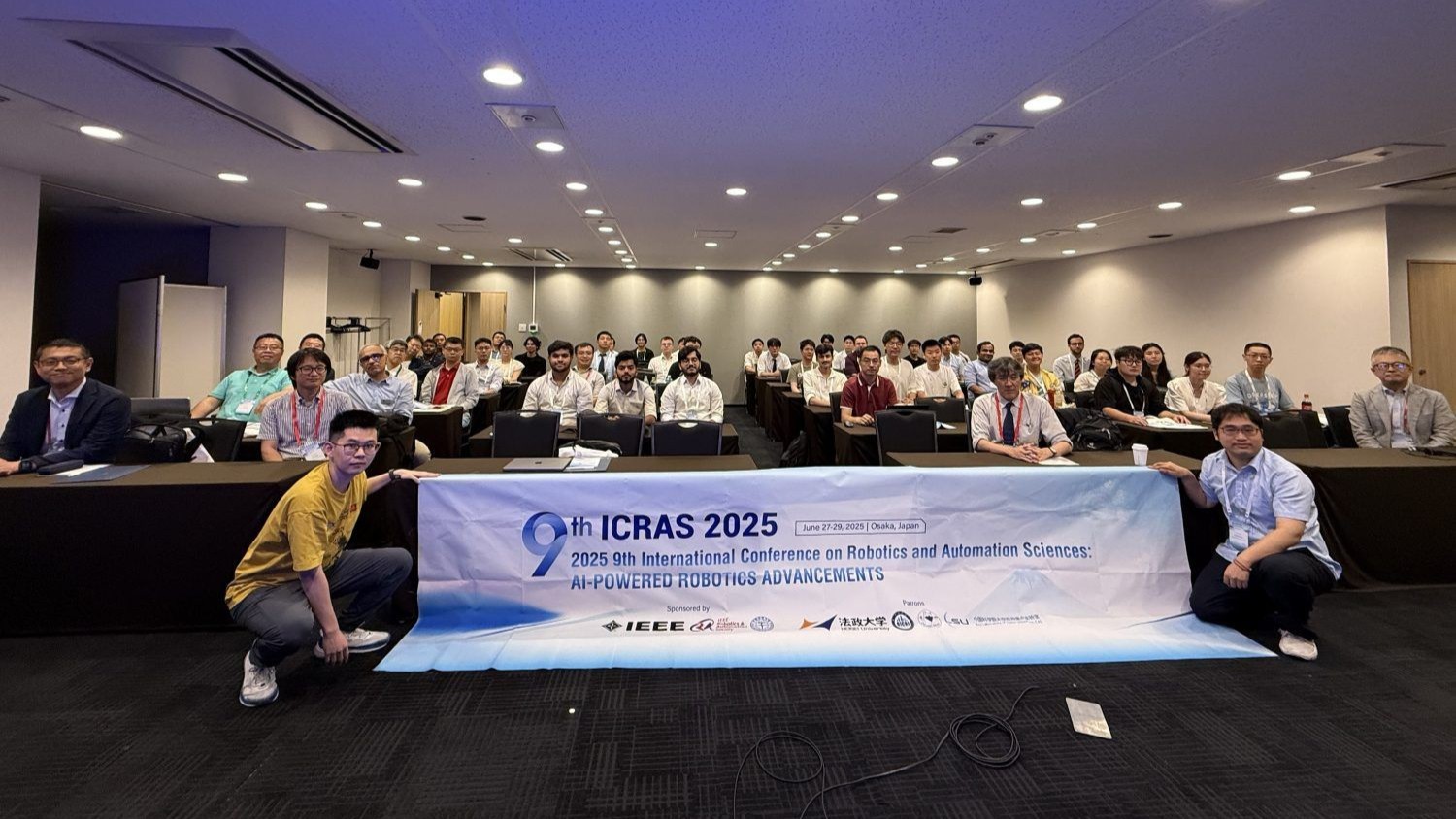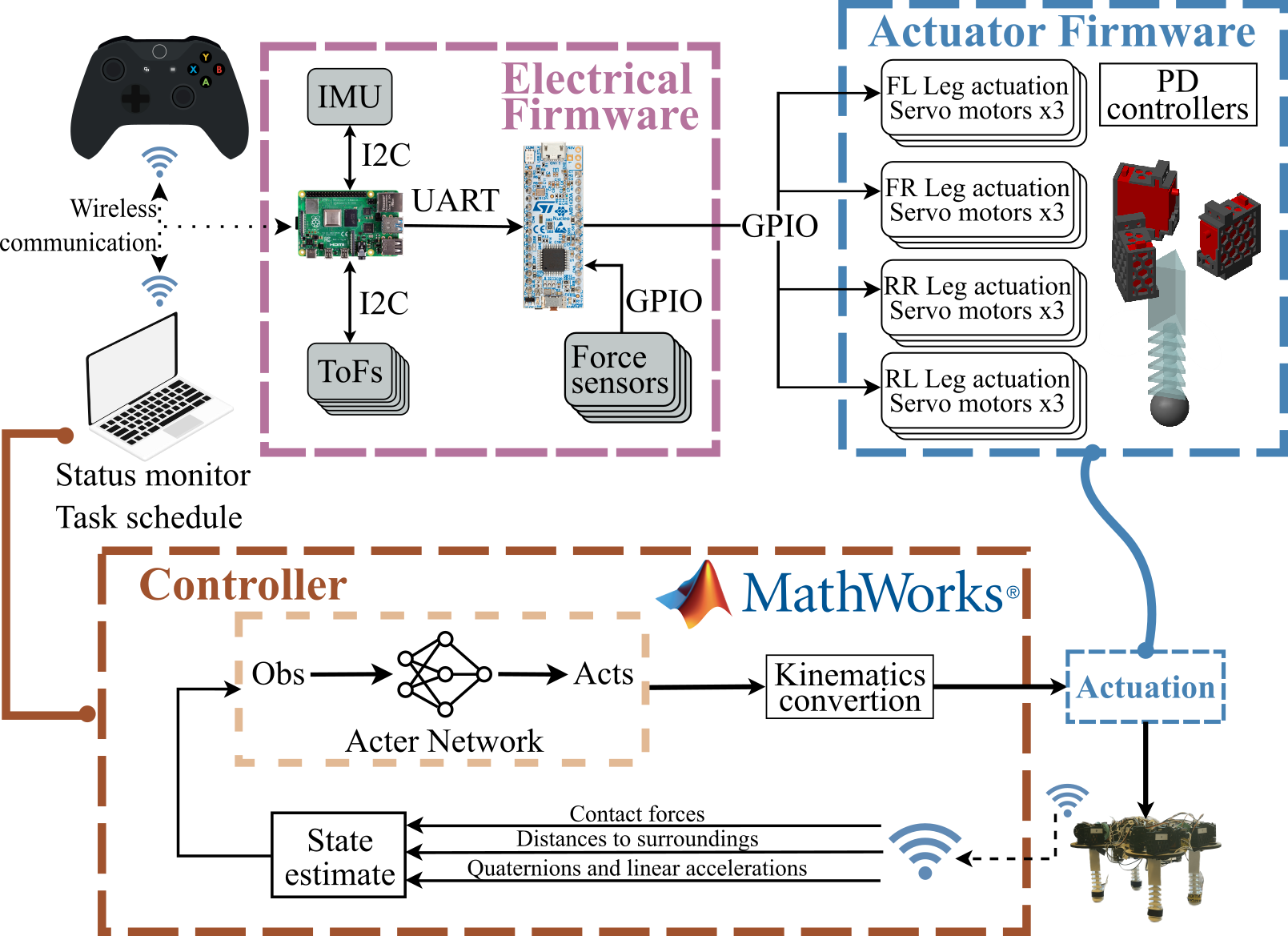Our Lab Director Featured in UppTalk: Multi-Robot Collaboration and Bio-Inspired Systems
Published on
We're excited to share that our lab director, Dr. Didem Gürdür Broo, was recently featured in Uppsala University's UppTalk series – a popular science seminar that makes cutting-edge research accessible to alumni and the general public. The 32-minute conversation, hosted by Anneli Björkman offered fascinating insights into our lab's work on multi-robot systems and the future of human-robot collaboration.
🎬Video: Watch the video on YouTube
📌Venue: Blåsenhus, Uppsala, SE, 2025
